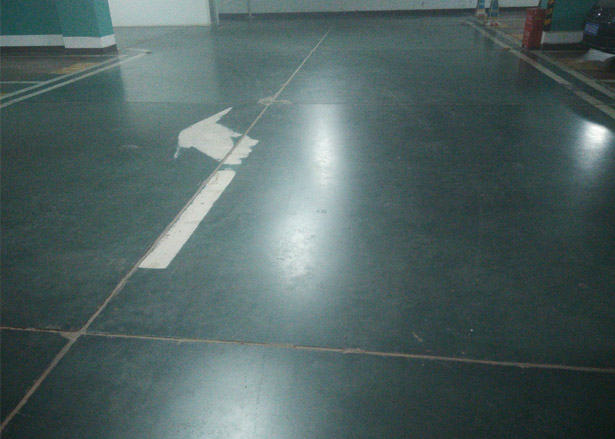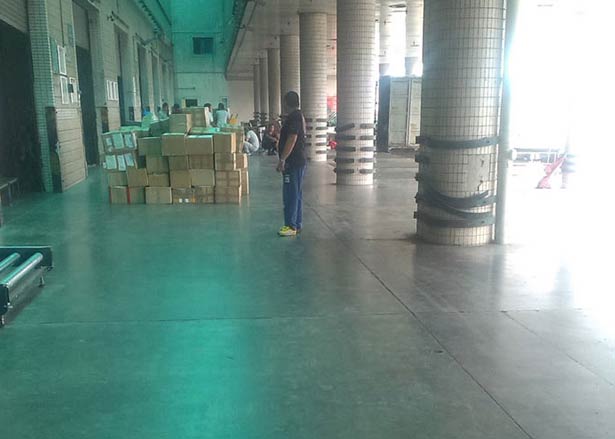## Understanding Microporous Ceramic for Air Filtration
Microporous ceramics have emerged as a revolutionary solution for air filtration, offering superior performance in various industrial and residential applications. These materials are characterized by their highly porous structure, which allows them to effectively trap particulates, pathogens, and harmful gases from the air. The working mechanism of microporous ceramics is rooted in their unique composition and advanced technology, which together enhance their filtration capabilities and production efficiency.
At the core of microporous ceramic technology is the combination of fine clay, metal oxides, and a binding agent. During the manufacturing process, these components are meticulously mixed and shaped into desired forms before being subjected to high-temperature sintering. This process not only enhances the mechanical strength of the ceramic but also creates a dense network of microscopic pores, typically ranging from 0.01 to 5 micrometers in diameter. These tiny pores play a crucial role in the filtration process, as they allow air to pass through while obstructing larger particles and contaminants.
The advanced technology utilized in producing microporous ceramics ensures efficient mass production without compromising quality. Techniques such as extrusion and injection molding, combined with innovative firing processes, permit the creation of uniform porous structures. This systematic approach minimizes material waste and optimizes energy consumption, making it a sustainable choice for modern manufacturing.
Microporous ceramics are not only effective against airborne particles but also excel in capturing volatile organic compounds (VOCs) and unpleasant odors. For example, in industrial settings, equipment using these filter materials helps maintain clean air standards, thus safeguarding worker health and compliance with environmental regulations. Similarly, in residential applications, microporous ceramic air filters can significantly improve indoor air quality by removing allergens and pollutants, creating a healthier living environment.
Moreover, the adaptability of microporous ceramics allows them to be tailored for specific applications. In HVAC systems, for instance, bespoke designs can be developed to enhance efficiency, leading to lower energy consumption and reduced operational costs.
In conclusion, microporous ceramics represent a significant advancement in air filtration technology. Their unique properties derived from innovative manufacturing processes make them crucial in various sectors. For more insights or to find reliable suppliers of microporous ceramic filtration solutions, please feel free to contact us.
Show More >>
PRODUCTS
You are welcome to contact us at any time, please write the message here and we will reply you in 24 houre. thanks foryour support.
NEWS
May.22, 2019



